Siderite and limonite are important iron ore resources, but the iron ore grades in these two ores are low. With the gradual excavation of resources, the development and utilization of low-grade iron ore resources have gradually attracted attention. Therefore, the rational development and utilization of siderite and limonite is of great significance to improve the utilization rate of mineral resources and meet market demand. This article will introduce you to mineral processing method of siderite and limonite.
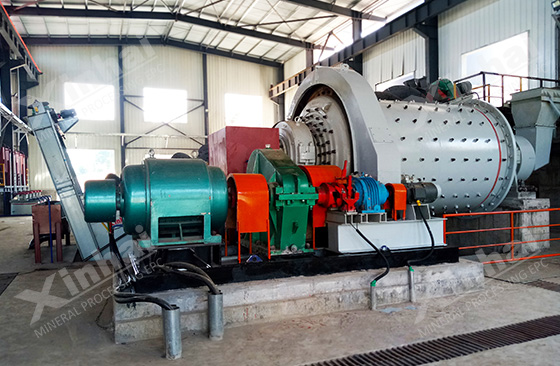
Use the table of contents below to navigate through the guide:
01Siderite and Limonite Grinding Process
Crushing and grinding operations have an important impact on the infrastructure cost and beneficiation cost of the entire concentrator. When designing the crushing and grinding process, problems such as "over-crushing and over-grinding" should be avoided to reduce resource waste and energy consumption. Siderite and limonite ore enter the crusher (jaw crusher, cone crusher, etc.) for crushing, the crushed products enter the screening machine for screening, and the oversize enters the grinding equipment (ball mill, rod mill) for processing . After crushing, the particle size of the ore is reduced, the concentrate and gangue minerals are dissociated, and the surface area is increased at the same time, which is beneficial to the subsequent processing of mineral processing process.
02Mineral Processing Methods of Siderite and Limonite
According to production requirements, the crushed and ground products can enter the classification operation (cyclone, classifier) for further classification, and after classification, enter the sorting system for processing. The purpose of sorting is to separate concentrate from gangue minerals and concentrate them. The sorting technologies for siderite and limonite include gravity separation, magnetic separation and flotation.
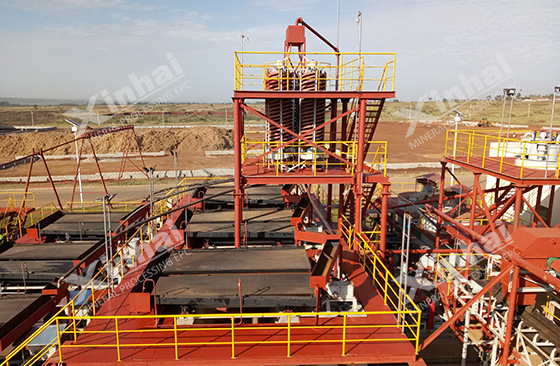
1. Gravity separation method
The gravity separation method of siderite and limonite is mainly separated according to the difference in specific gravity of minerals, and the gravity separation equipment used includes jig, shaker and spiral chute.
Jig gravity separation: a gravity separation technology that uses the pulsating motion of water to separate according to the specific gravity of minerals. The ore mixture is sent into the jig machine, and the iron-bearing minerals with a larger specific gravity settle faster, while the gangue minerals with a lighter specific gravity are carried away with the water flow.
Shaker gravity separation: shaker gravity consists of flat slopes with undulations or grooves to enhance the separation process. The ore mixture is placed on the table of the shaker, and the vibrating motion causes the iron minerals with a larger specific gravity to settle to the bottom, while the gangue minerals with a lighter specific gravity are carried away by the water flow.
Spiral chute gravity separation: use the spiral flow of water to separate according to the specific gravity of minerals. The ore is sent into the spiral channel, and the centrifugal force generated by the water flow makes the iron minerals with larger specific gravity deposit along the inner side of the spiral, while the gangue minerals with lighter specific gravity are washed away.
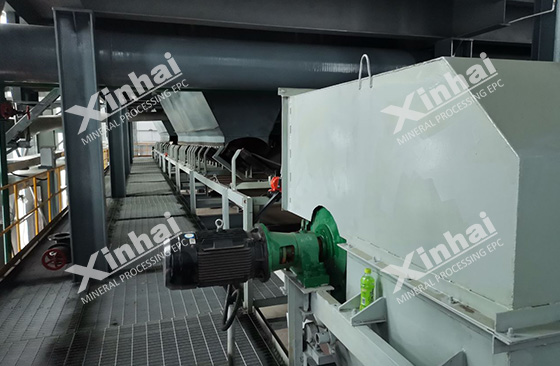
2. Magnetic separation method
Magnetic separation utilizes the magnetic properties of certain minerals. Magnetic minerals, such as magnetite, can be removed from the ore using a high-intensity magnetic separator. Different magnetic separation techniques such as Low Intensity Magnetic Separation (LIMS) or High Intensity Magnetic Separation (HIMS) can be used.
Low-intensity magnetic separation: use a low-intensity magnetic field to separate magnetic minerals from non-magnetic minerals. The crushed ore is sent to the magnetic separator, and the magnetic minerals are attracted by the magnetic field and separated from the non-magnetic gangue minerals.
High-intensity magnetic separation: use high-intensity magnetic field to separate magnetic minerals from non-magnetic minerals. This method is particularly suitable for separating weakly magnetic minerals such as siderite and certain limonite varieties. The crushed ore is exposed to a high-intensity magnetic field, which induces the magnetism of the minerals, thereby achieving their separation.
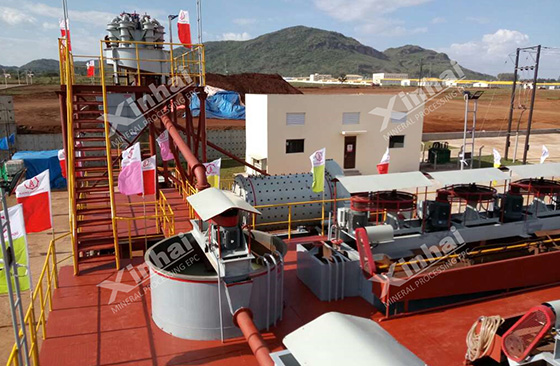
3. Flotation separation method
Flotation is a commonly used iron mineral processing technology. It involves the addition of specific reagents to the slurry to selectively enhance the hydrophobicity of the iron minerals so that they float to the surface of the liquid by attaching to air bubbles and are collected as a concentrate. The flotation process is mainly divided into the following parts:
(1) Slurry: Mix the crushed ore with water in the agitation tank, and add specific flotation reagents (collectors, foaming agents, regulators and pH regulators) to create an environment suitable for flotation.
(2) Adjust the pH value: Use a pH regulator to adjust the pH value of the pulp to create a suitable flotation environment. The exact pH range will depend on the properties of the ore and the flotation reagents used.
(3)Add collectors: Collectors are chemical reagents that can selectively combine with iron-containing minerals to make them hydrophobic (non-hydrophilic) and promote their attachment to air bubbles during flotation. The type and amount of collector used will depend on the target mineral and its specific flotation properties.
(4) Adding foaming agent: The foaming agent is a surfactant chemical reagent used to stabilize the air bubbles and form a stable foam layer during flotation. The foam layer brings the hydrophobic iron-bearing minerals to the liquid surface of the flotation cell for collection. The type and amount of foaming agent will be determined by specific ore characteristics and flotation conditions.
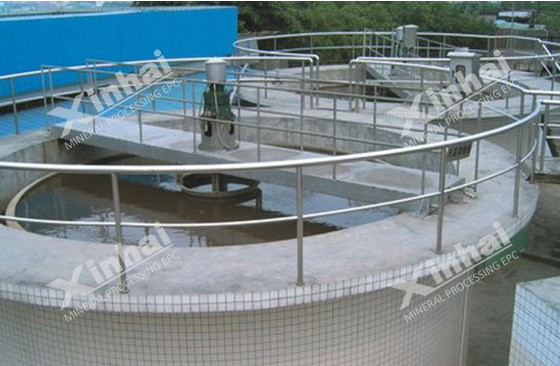
03Siderite and Limonite Dehydration and Filtration Process
After beneficiation, the resulting concentrate needs to be dewatered to remove excess water. This can be achieved through processes such as filtration, centrifugation or drying. The equipment that can be used are thickeners, filters, filter presses and dryers.
The above content is the mineral processing mehod of siderite and limonite. The specific processing steps and technologies may vary depending on the composition of the iron ore, the required iron product specifications, and the available infrastructure and resources. Xinhai Mining recommends consulting experts and professionals in the field of mineral processing and metallurgy to determine the most suitable treatment method for a particular siderite or hematite deposit.


 marketing@ytxinhai.com
marketing@ytxinhai.com  0086 13810327080
0086 13810327080 






































































































 CHAT
CHAT MESSAGE
MESSAGE







